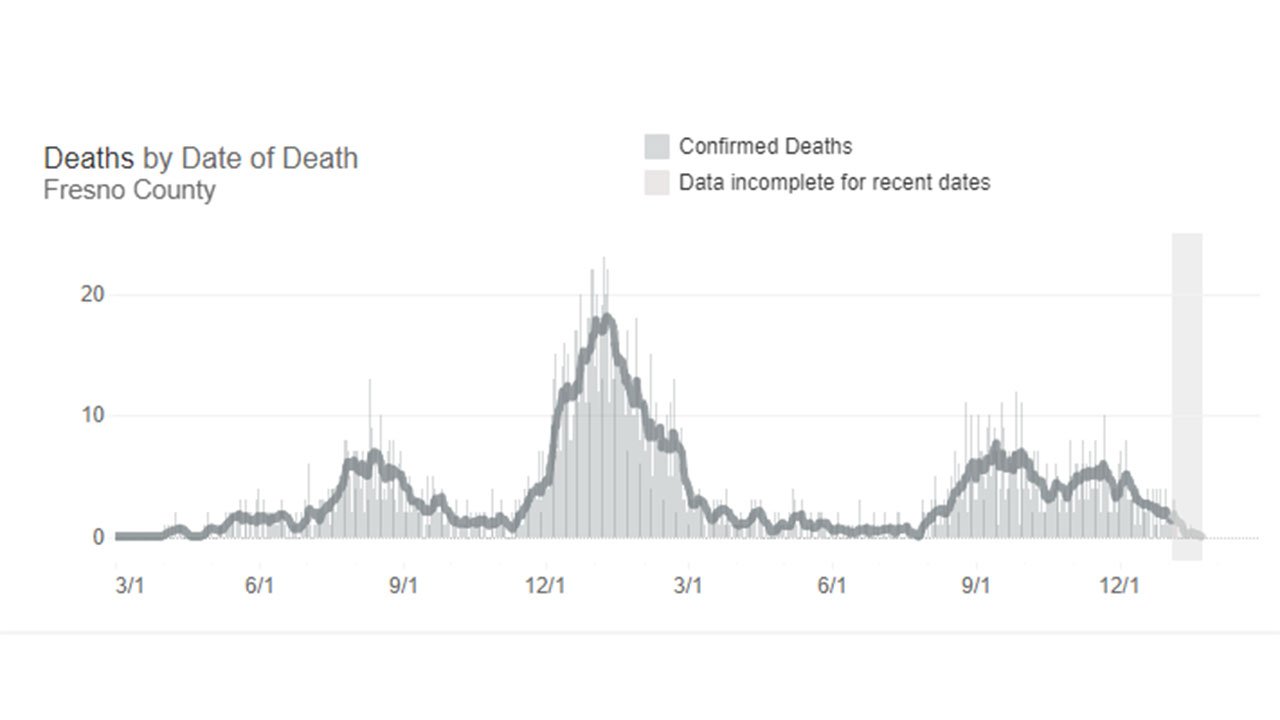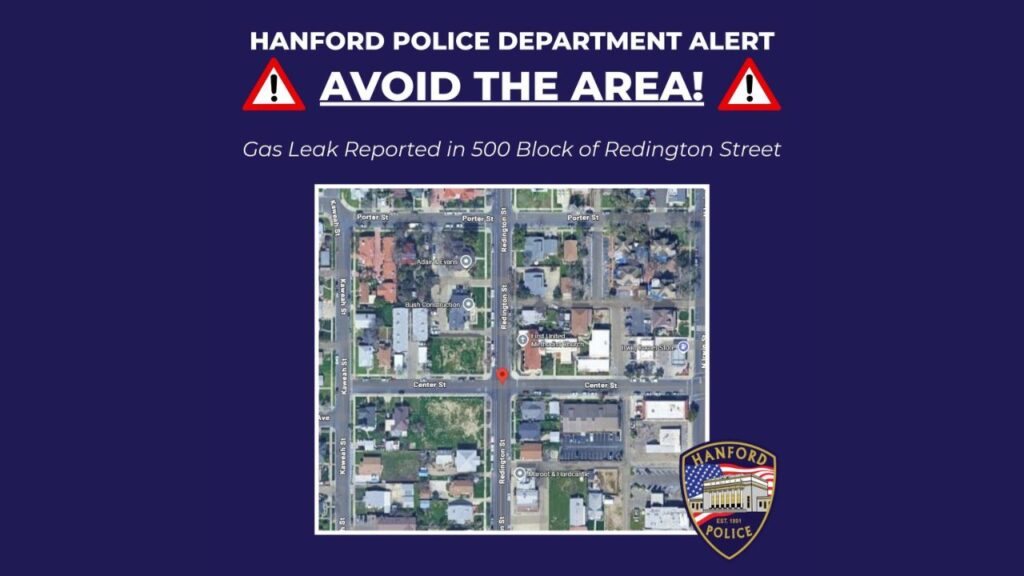Share
Mimicking the rest of the country and pushed by the omicron variant, COVID-19 cases are soaring to their highest levels ever in Fresno County and crushing hospital capacity.
In fact, the number of infected residents now is more than double the number of a year ago. However, omicron is proving less deadly than the delta variant.
Meanwhile, health officials continue to plead with the public to get vaccinated. UCSF Fresno’s Fred Wu said recently that 70% of the people admitted to Community Health System hospitals with COVID said they weren’t vaccinated.
To Central CA:
Seriously…major crisis here.
✅ Wear a seatbelt
✅ Don’t get shot/stabbed
✅ Get vaccinated
✅ Eat healthy
✅ Exercise
✅ Be kind to one anotherNearly 400 patients admitted for #COVID
70% #COVID admits NOT vaccinated
737 @communitymed staff not working pic.twitter.com/vdnsqeZGlF— Fred Wu (@FredWuPA) January 20, 2022
A little over two weeks ago, just as omicron began to surge, the Fresno County Department of Public Health implemented the EMS assess and refer policy to help reduce the number of patients filling up local emergency departments for non-emergency reasons.
“Brace yourself and pace yourself is what I’m telling my medical colleagues because January will continue to challenge all of us, but hopefully we can all stay healthy and safe,” said Fresno County’s interim health officer, Rais Vohra.
Fresno County’s Second Surge
During the winter months between December 2020 and January 2021, the 7-day average COVID cases topped out at 1,025 in Fresno County. Now, during this latest surge, the 7-day average has soared to 2,260.
In addition, the county’s infection rate is now at 1.45 and considered critical.
Health officials usually measure how infectious a virus is by using the “R0” pronounced “R-naught,” indicating how it spreads from person to person.
At a health briefing in December, Vohra stated that the number changes every day but it is a good indicator of the transmissibility of the virus.
In December, the R-naught number was hovering at less than 1.
“I look at it every day and we can expect that some days it will become more than one, which means that we have higher rates of transmission,” said Vohra.

While the higher number of cases can be attributed to omicron, there aren’t nearly as many COVID-19 deaths as during the winter surge of a year ago.
According to the county’s vaccine data dashboard, on Jan. 18, 2021, the 7-day average for deaths was 18.14 deaths per 100,000 people, while as of Jan. 4, 2022, the 7-day average of deaths was 1.86 deaths per 100,000 people.

But even though omicron is milder than the delta variant, the most vulnerable people are still at risk of dying from the virus. In addition, the swelling number of cases is plaguing hospitals, which are inundated by patients for COVID and non-related COVID issues.
FCDPH’s COVID-19 data board shows there are currently 568 COVID positive patients in Fresno County hospitals and 83 in ICUs. That leaves just seven open ICU beds across the county.
Omicron Still Poses a Deadly Threat
According to a report by the Associated Press, COVID-19 deaths in the U.S. are climbing and modelers forecast that 50,000 to 300,000 Americans could die by the time that omicron is expected to recede in mid-March.
U.S. deaths from COVID-19 have been scaling upwards since Mid-November, reaching nearly 1,700 on Jan. 17. However, that is still below the peak of 3,300 in January 2021.
“A lot of people are still going to die because of how transmissible omicron has been,” said University of South Florida epidemiologist Jason Salemi. “It unfortunately is going to get worse before it gets better.”
The total of U.S. COVID-19 deaths could eclipse 1 million by early spring if projections are correct.
According to Marc Lipsitch of Harvard T.H. Chan School of Public Health and scientific director of the Centers for Disease Control and Prevention’s forecasting center, overburdened hospitals with low staffing numbers and a surge of patients could also contribute to more deaths.
“In places with extremely short staffing and overloads of patients, as the medical professionals have been telling us, the quality of care begins to suffer,” Lipsitch said. “That may also lead to higher death rates.”



















